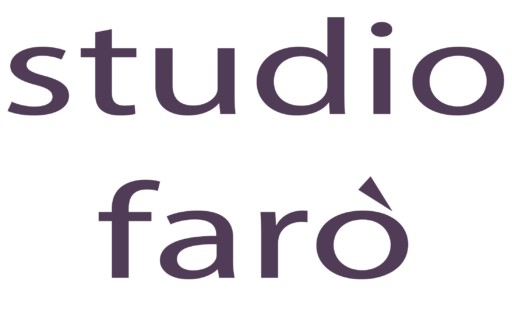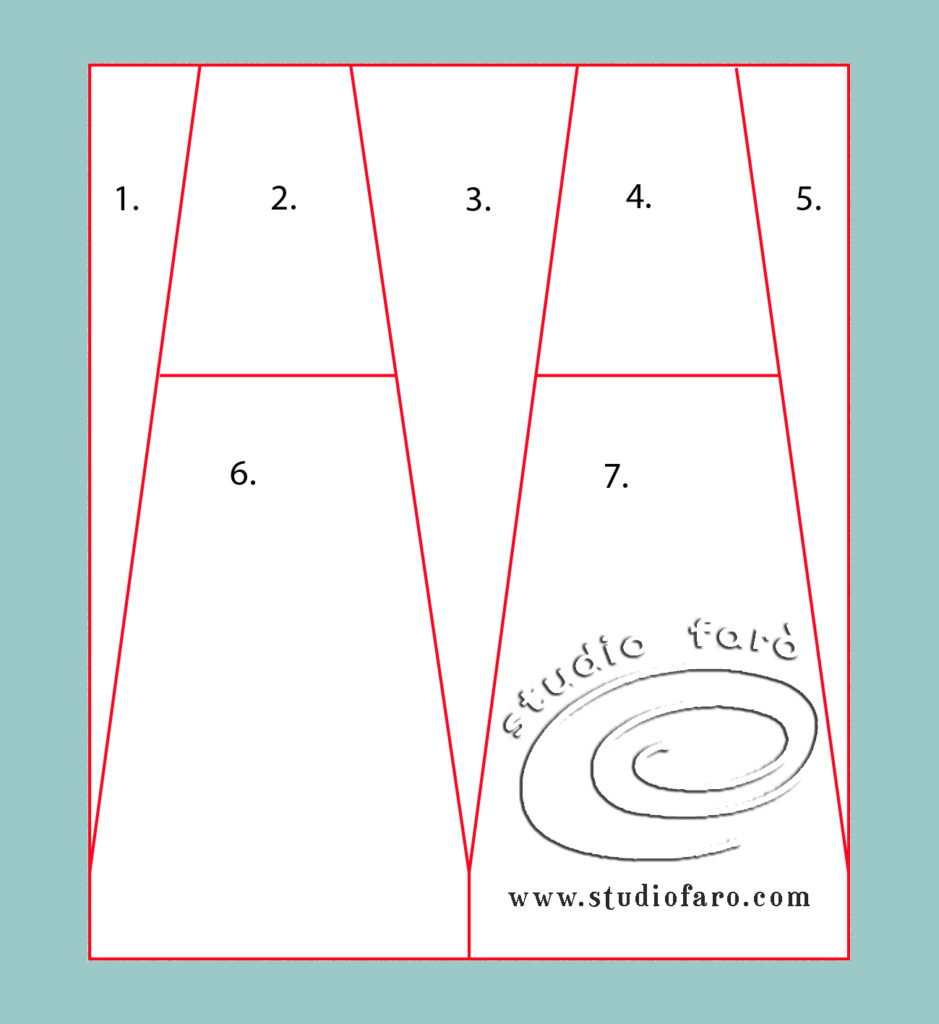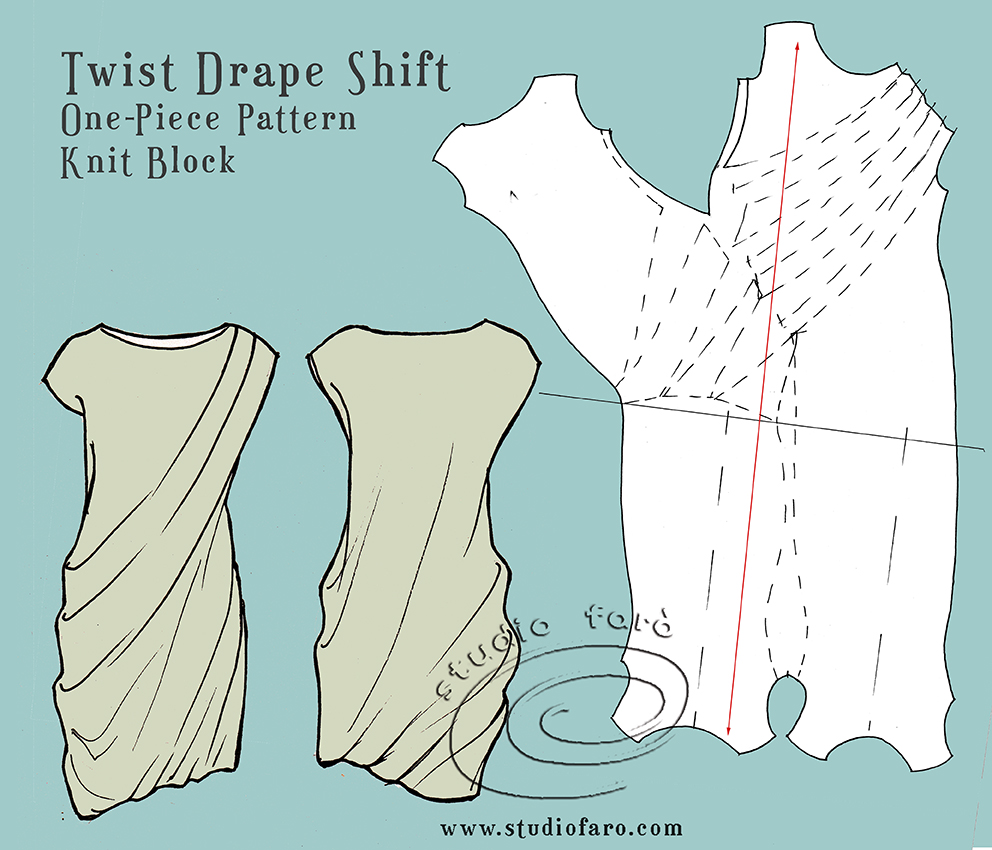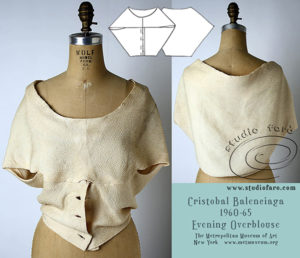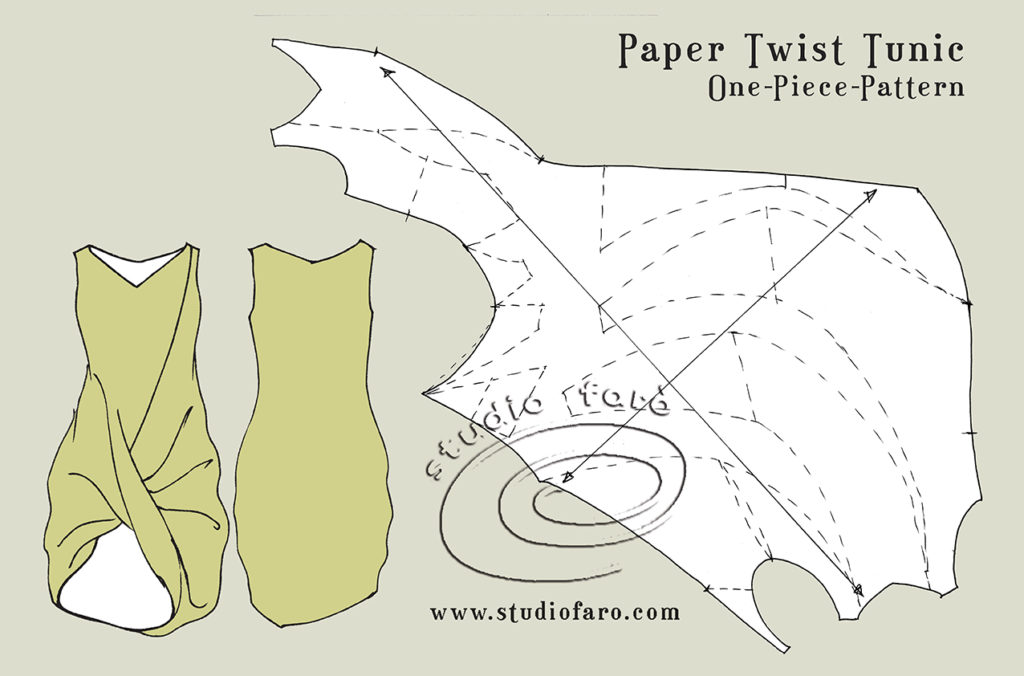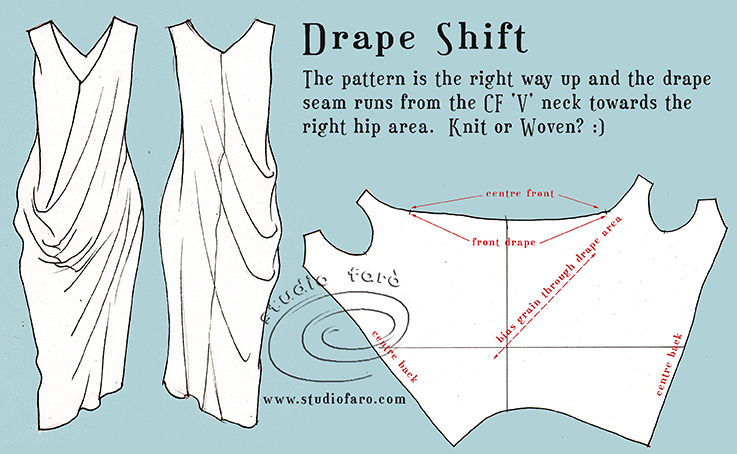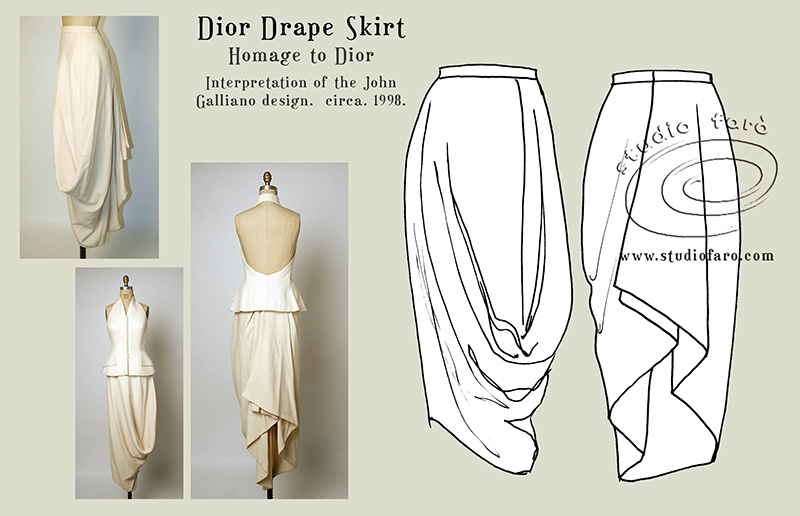27 Jan Homage to Charles James 1950
Posted at 14:23h
in Fitted Dress Block, Pattern Making Instructions, Pattern Puzzles, Vintage Patterns
0 Comments
A huge thanks for the fabulous effort from everyone over the weekend to solve this strange #PatternPuzzle. This week we featured three pattern pieces as part of a garment, rather than the usual all-in-one pattern piece.


